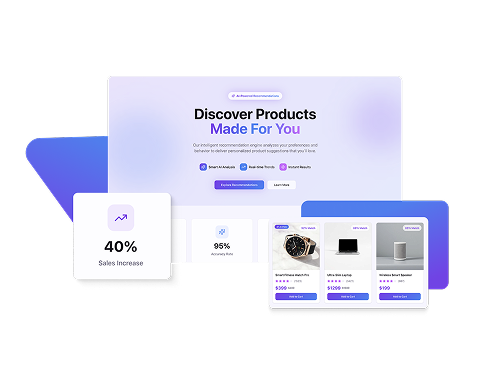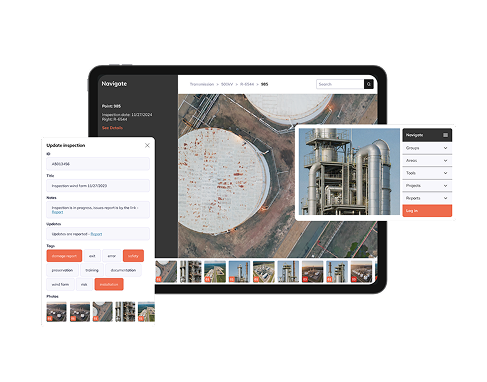Cutting Critical Bugs in Production to Zero for a Charity Platform
Helping a global fundraising platform transform their QA process, ensure on-schedule and critical bug-free delivery, and improve app store ratings without increasing the QA headcount and budget.
About Project
Solution
Functional testing, Regression testing, Localization testing, Compatibility testing, Usability testing, Recovery testing, Accessibility testing, Performance testing, API testing
Technologies
Jenkins, BrowserStack, Android Studio, Postman, Charles Proxy, Jira
Country
United States
Industry
Client
The client is a global platform that connects charitable organizations with individual donors, enabling streamlined donation processes and fostering long-term supporter engagement. The product ecosystem includes a web application and mobile apps for iOS and Android, providing tools for nonprofits to showcase their initiatives and for donors to contribute, track their impact, and share their stories.
Project overview
We’ll make your app’s quality our top priority.
Before
- Unstructured release testing
- Critical bugs in production
- Outdated testing documentation
- Limited manual QA capacity
After
- Stable QA release process
- 0 critical bugs in release builds
- Automation-ready QA documentation
- Scaled QA efforts with the same team
Project Duration
2+ years
Team Composition
3 Manual QAs
Challenge
When the client approached us, their mobile apps had already been live for several years. However, the quality assurance processes were fragmented, relying on a minimal internal team that struggled to keep up with growing testing needs. The lack of structured QA practices, combined with a distributed development environment, led to inefficiencies, limited test coverage, and an increased risk of critical issues reaching production. The client needed a flexible QA partner who could stabilize release testing, improve documentation, and integrate seamlessly with their global team without inflating operational costs.
Key challenges included:
- Unstructured release testing processes lacking repeatability and transparency.
- A minimal internal QA team stretched thin across support and testing tasks.
- Fragmented collaboration in a distributed team spread across multiple time zones.
- Outdated and incomplete test documentation hindering test coverage and automation.
- Insufficient visibility into potential bug scenarios, especially edge cases.
- Inconsistent user experience across a wide range of Android and iOS devices.
- Limited QA resources to support continuous feature additions and iterative updates.
- Manual testing bottlenecks preventing efficient scaling of QA efforts.
- No established workflows for testing critical payment error scenarios safely.
Solutions
We integrated a dedicated team of manual testers to take full responsibility for mobile app release testing, ensuring that every update was stable, well-documented, and thoroughly validated across iOS and Android devices. By embedding into the clientâs distributed workflows, we established structured QA processes that replaced ad-hoc testing practices and ensured transparency across the entire release cycle.
Beyond day-to-day testing, our team proactively improved documentation, enhanced collaboration between teams, and proposed practical solutions for complex testing scenarios. Flexibility and ownership were central to our approach, allowing us to adapt to the clientâs working hours and contribute to both process refinement and product quality.
Key activities on this project included:
- Setting up a stable, repeatable release testing workflow across mobile platforms.
- Rebuilding and expanding test documentation to support future automation.
- Ensuring thorough testing coverage for critical payment error scenarios.
- Coordinating with globally distributed teams to align QA efforts.
- Enabling near round-the-clock testing by taking advantage of time zone differences.
- Adapting work schedules for real-time collaboration during key release phases.
- Actively participating in process discussions and proposing QA improvements.
- Scaling testing efforts to support continuous feature updates without growing in-house QA capacity.
Technologies
We used a diverse set of tools for test management, multi-device testing, API validation, and debugging. This tech stack helped maintain high testing standards, streamline collaboration with distributed teams, and ensure transparent reporting throughout the project.
- Jenkins
- BrowserStack
- Android Studio
- Postman
- Charles Proxy
- Jira
Types of testing
Compatibility testing
Validating app performance on multiple OS versions and device models.
Recovery testing
Verifying app behavior after crashes, interruptions, and failed operations.
Results
Our QA team played a key role in stabilizing the client’s mobile app releases, maintaining a zero-critical-bug track record in production over two years. By establishing a structured testing workflow and enhancing collaboration with distributed development teams, we accelerated release validation cycles by 40% while increasing defect detection, especially in edge-case scenarios.
In parallel, we rebuilt test documentation, expanded device coverage, and ensured 100% validation of payment-related error flows. These efforts contributed to raising the app store ratings for both apps to 4.9, improved release predictability, and provided the client with a scalable QA process that supports ongoing product growth without expanding their in-house testing team.

critical bugs in production

faster release cycle

yearly increase in documentation

reduction in QA-related delays
Ready to enhance your product’s stability and performance?
Schedule a call with our Head of Testing Department!
Bruce Mason
Delivery Director


